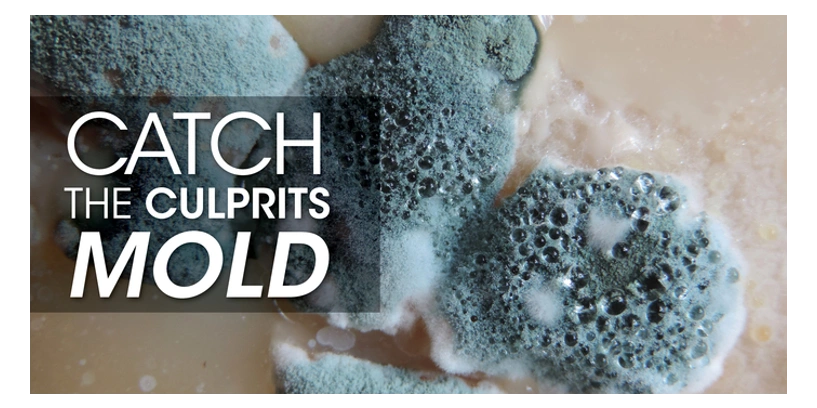
mould is an important part of decomposition in the natural world, but you don’t want it inside your home. mould growth begins when microscopic spores in the air cling to a moist surface and start to grow. You’re most likely to find mold in the shower, drain, basement, cellar, crawlspace, attic and potted plant soil. Learn more about this common indoor allergen and how to keep it at bay.
The Dangers of Black mould
Formally called Stachybotrys chartarum, black mould is a variety you might come in contact with in your home. Constant moisture is required for black mould to grow.
Regardless of the type of mould you find growing in your home, you should treat it the same with regard to the potential health risks it can cause. Keep in mind – mould doesn’t present health problems for everyone. People with allergies, asthma, lung disease or immune system suppression are most likely to see negative health effects after exposure to mold. From least to most serious, symptoms of mold exposure may include:
- Stuffy nose
- Eye irritation
- Wheezing
- Skin irritation
- Asthma symptoms in people with asthma
- Fever
- Shortness of breath
- Fungal infection in the lungs
How to Keep mould at Bay
mould may start to grow after a catastrophic event such as a flood or burst pipes causes water damage, but even high humidity, condensation and small plumbing leaks may allow mould spores to take hold. Keep mold at bay with these tips:
- Fix plumbing leaks: If the kitchen or bathroom sink develops a leak, fix it as soon as possible. Also be aware that leaks can develop in hard-to-reach places behind the wall.
- Remove standing water: This is most needed in the bathroom where hot showers and poor air circulation can allow water to stand indefinitely in some places. To prevent this, use moisture-fighting strategies like wiping down the shower with a squeegee, running the bathroom exhaust fan to improve circulation and cleaning up any damp areas within 48 hours of their appearance.
- Manage indoor humidity: In the winter, mould is less of a problem because the air is naturally drier. However, the air becomes much more humid in the summer, so keep an eye on indoor humidity levels. Use a thermostat-like device called a hygrometer to measure the humidity in your home. Strive to keep it between 30 and 50 percent with the help of a whole-house dehumidifier.
- Maintain your Heating, Ventilation & Air Conditioning (HVAC) system: Regular heating and cooling inspections can ensure that mould doesn’t grow in your HVAC system. This way, you avoid mould spores circulating around your home through the ductwork.
- Vent appliances outside: The dryer vent should expel moist, hot air from the dryer to the exterior. If this appliance is improperly vented into the attic or another interior space, the excess moisture could lead to damaging mould growth.
- Keep your gutters in good condition: Rainwater on the roof should drain away from your home. This can’t happen if the gutters and downspouts are clogged. If water runs down the side of your house, it could seep into the basement and cause hidden mould growth behind the walls.
- Don’t overwater houseplants: They’re beautiful and can even help clean indoor air, but if you overwater your houseplants, mould may start to grow in the soil. If your preferred plant variety thrives with especially moist soil, keep mould growth at bay by adding a few drops of Taheebo tea to the water you give your plants.
For more tips to reduce mould growth in your home and improve indoor air quality, please contact Aire Serv® today.

